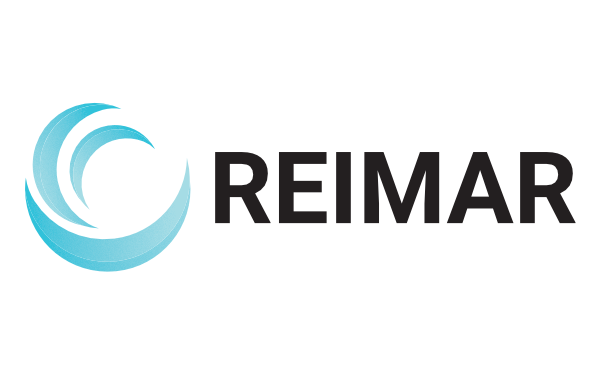There is a lot written these days about innovation, competitiveness and intellectual capital. I hear the banter of politicians, the monologues from leading Venture Capitalists and Investment firms, and I sit back and think about how they have it all wrong.
Our society is aging. David Foot in his ground-breaking work, “Boom, Bust and Echo” discusses the impact of the aging population on everything from Baseball to Housing Markets. As people age, we generally become more conservative. Be honest with yourself, do you find yourself thinking, “how can kids do that”, or even worse looking at your own kids and forgetting what it was like to be that age?
As the whole of society begins to turn grey, we will see a fundamental shift in attitudes, work style and social values. While these changes are not bad in themselves, they will begin to shift Canada from a competitive and innovative nation, to one that lags in industrial and technological competitiveness. The beginnings of these shifts are already occurring. Report after report documenting lagging Canadian productivity and economic slumps hits the airwaves every few weeks. Taken individually, these may represent nothing more that an slow economy. However, our economy has been slow for nearly 5 years. The “Boom” years are gone.
The graying of our population is not a bad think in itself. There is much wisdom that can be reaped from the experienced to new firms starting out. Repeatedly, our politicians push money into grants, into mega-projects, and large industrial complexes, in hopes of getting a sound-byte with their name on it, when really what we need are small focused, incubators, mentorship programs, and training platforms to transform the tacit knowledge that exists in our aging population and extend it to our youth.
Youth also must understand that they are not “unique snowflakes” (as one friend often refers to the Y-Generation) and that the struggles that they as new entrepreneurs experience are not unique and in fact–exceptionally common to almost every entrepreneur.
This does not mean that the creativity of Generation Y cannot be harnessed to develop unique products, competitive solutions and to be, yes, innovative. Mentorship programs need not be one way only–we often think of a Mentor as an older individual–young people can also run Mentorship programs teaching others–who are new to an industry, a way of thinking, how to be more creative. As we age, we become more risk adverse, how about a mentorship program that teaches us to be less prone to risk? How about a Mentorship program that engages social leaders at all levels and teaches us to be innovative?
Our next blog post will discuss how smaller cities can be more competitive in a global environment.
Innovation and the Aging Population
by
Tags:
